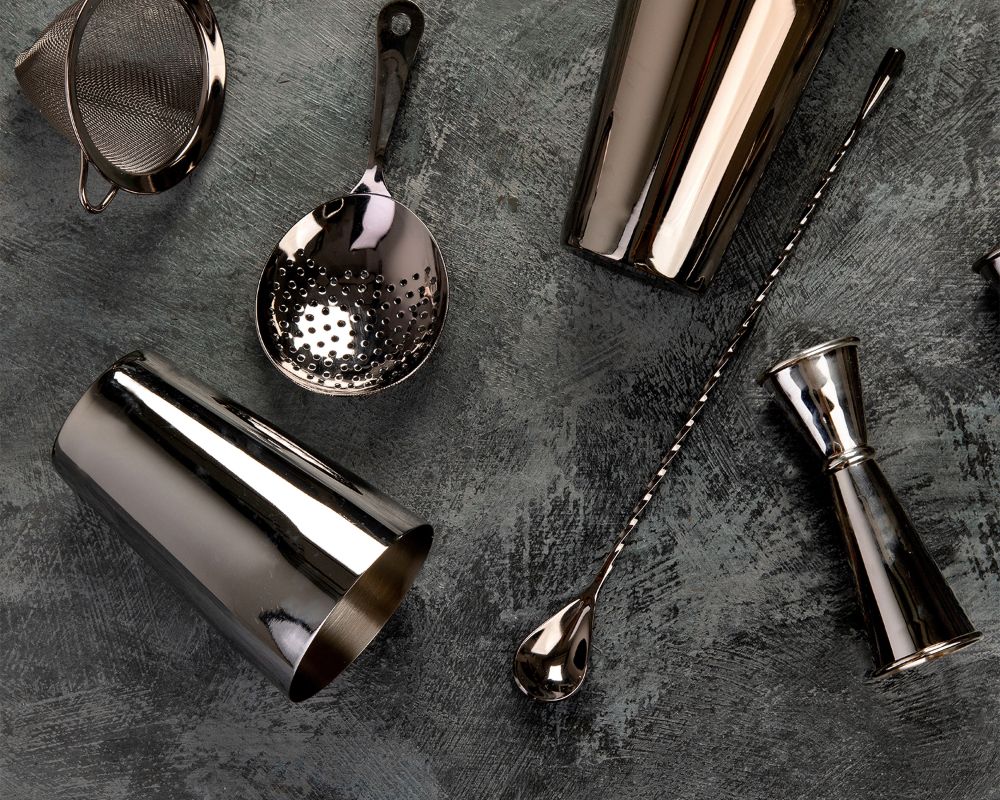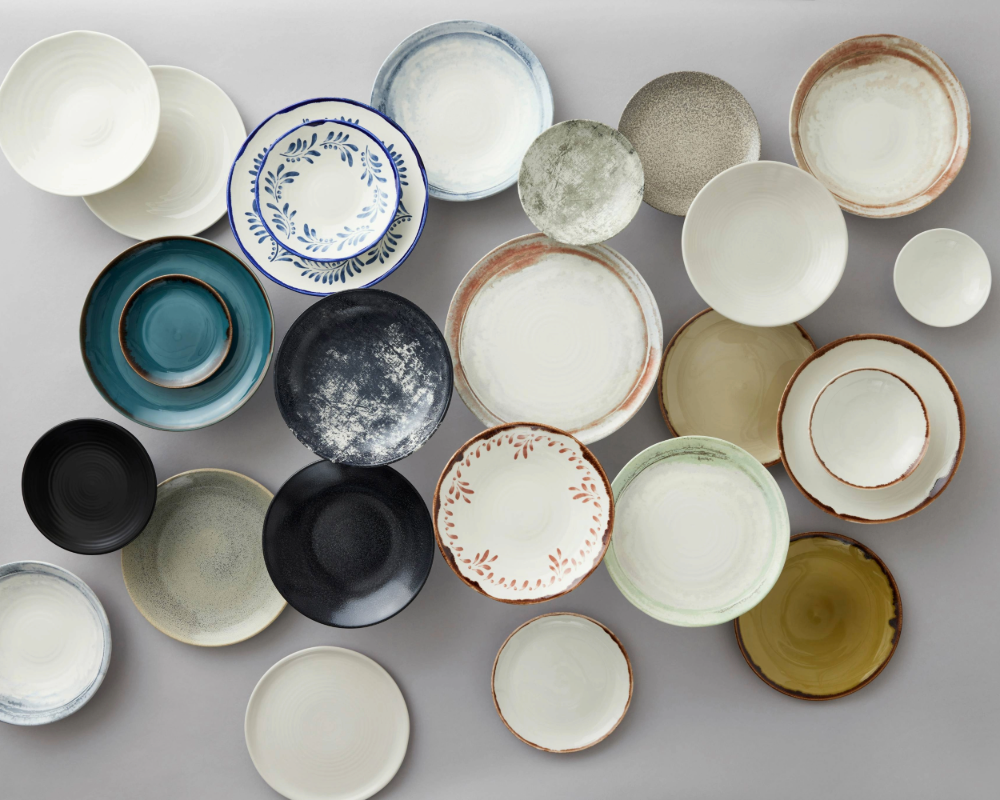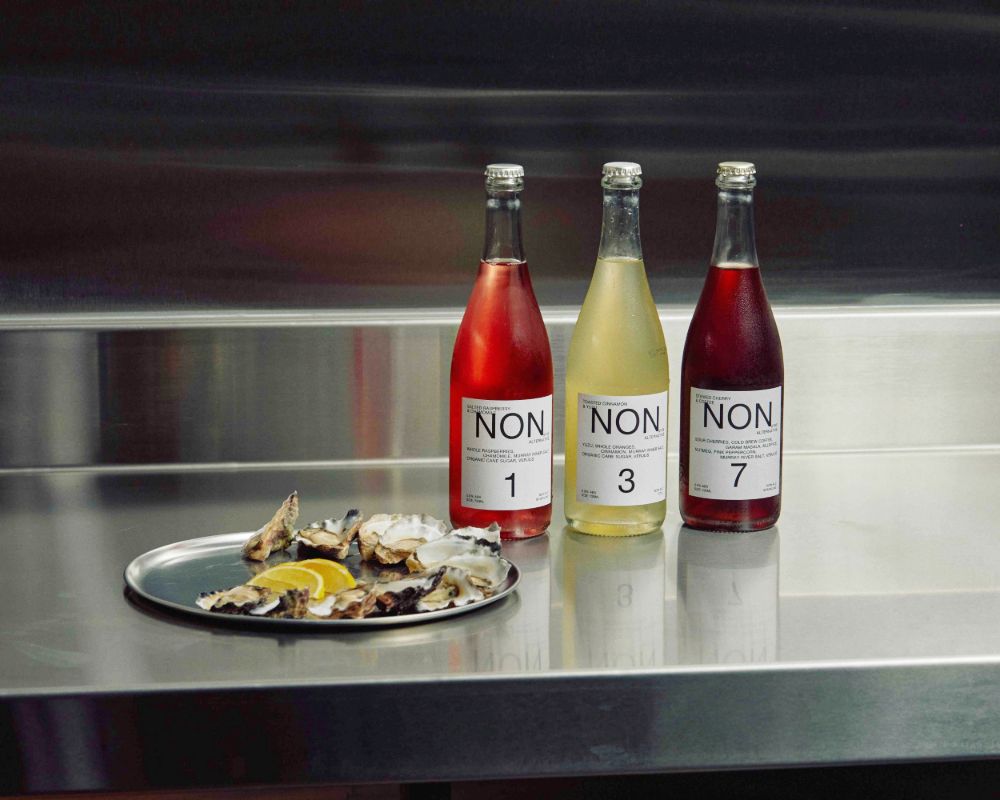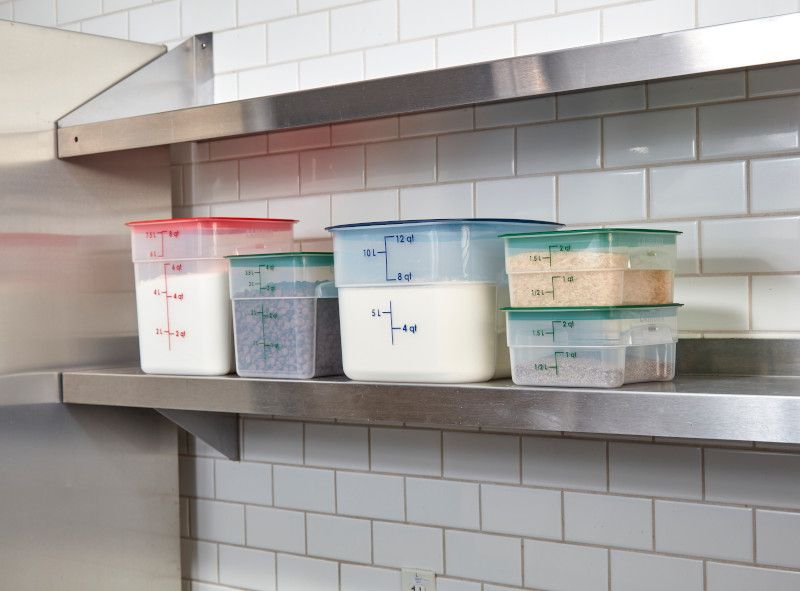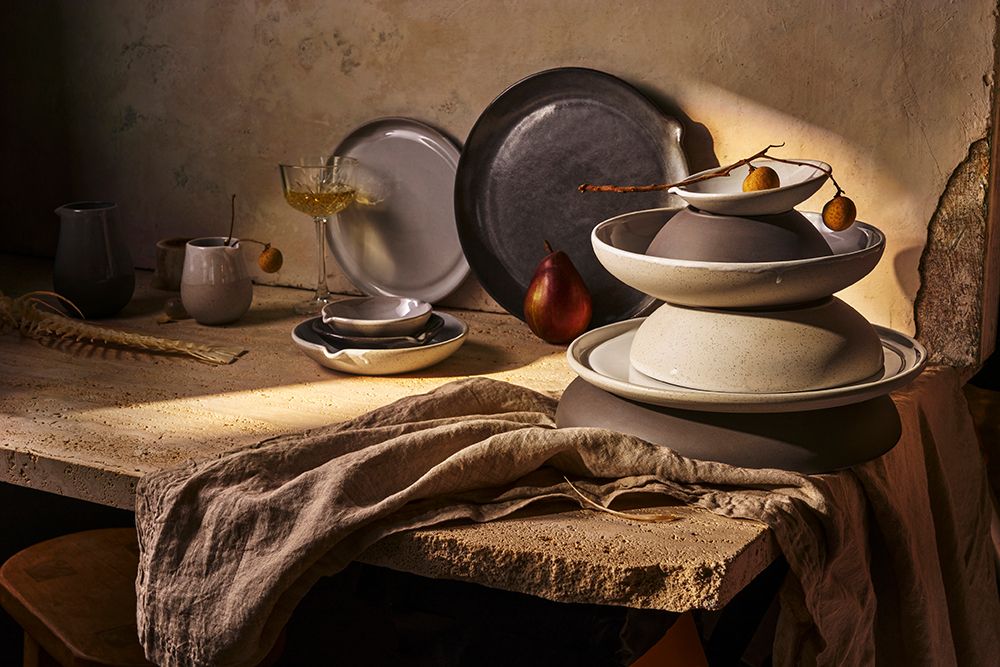Seasoning School - Pepper
|
Pepper is a wonderful seasoning, but it’s very aromatic and some types carry a lot of heat, so it can overpower the other flavours in a dish. Often intense and invigorating, pepper can easily steal the show with its pungency. So it needs to be treated with respect. |
|
What Does Pepper Do To Food? Pepper helps to clarify the flavours on the tongue. When you add it to dishes, it doesn’t just season, it also adds flavour and increases the tastiness of the food. What Type of Pepper Should I Use? There is no substitute for the fragrance of freshly ground pepper. Pre-ground pepper, in our opinion, will never release the same intensity of flavour. Our Gourmet Precision Mills will allow you to get an extremely fine grind without compromising the aroma or taste. This will suit a variety of dishes from coarse in a marinade for steak or fine to top a pizza. Types of Pepper Black Peppercorns
White Peppercorns
Long Pepper
Green Peppercorns
Pink Peppercorns
Sichuan Peppercorns
|
| Click Here to View More from The Seasoning School |





